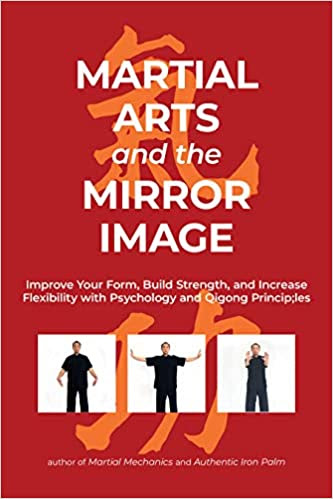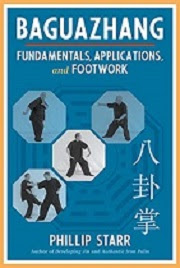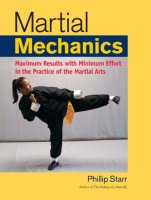by Phillip Starr
To begin with, the are three main types of qigong. In a nutshell they are:
*Qigong for Health
Many millions of people around the world practice qigong as a form of health maintenance, which is intended to strengthen the body's immune system and prevent illness. They also look to it as a way of slowing down the aging process and staying fit.
Additionally, many people also practice it as a form of medical therapy. Suffering from various injuries and/or illnesses, they look to qigong as a healing technique.
*Spiritual Qigong
Qigong has long been popular with many Buddhist and Taoist sects that believe that regular practice will promote spiritual awakening.
*Qigong for Martial Arts
Practitioners of numerous martial arts, especially the Chinese “internal” schools of taijiquan, xingyiquan, and baguazhang practice assorted qigong routines, believing that it will enhance their martial arts skills. They assert that regular qigong practice will augment their striking power while also protecting their bodies against an opponent's powerful attacks.
Martial arts enthusiasts often get confused as to which exercises are best employed to complement their martial skills. For instance, practicing qigong exercises that are intended to maintain good health will not necessarily have any impact on one's combative skills. Qigong can be divided into four types:
Breathing Exercises
There are four main breathing exercises, which are usually practiced in a seated position. The first three (Long Breath, Microcosmic Orbit, and Macrocosmic Orbit) are used by martial arts devotees. The first two (Long Breath and Microcosmic Orbit) are used for health and healing, and all four (the last one is known as Imminent Breathing) are used by Taoists who seek spiritual development.
Solo Postures
In this form of qigong, certain breathing and visualization techniques are combinedwith a static position that is held for a given period of time. This is done to circulate the life force through the body. How long the posture is maintained varies from one teacher to another.
Solo Exercise
In this type of qigong, breathing and visualization techniques are combined with various movements to circulate the life-energy. Some of these exercises are really very simple; just one or two movements are repeated several times. Others are considerably more complicated.
Two-Person Qigong
This form of qigong requires the assistance of a partner. It is an excellent training method as it acts as a barometer for students and proves to them that there is indeed more to them that what their eyes perceive. Moreover, it bridges the gap between qigong exercises and the actual application of internal power through one's martial arts techniques. Oddly enough, this form of qigong practice is not found in Chinese qigong training, which likely accounts for their frequent inability to effectively emit qi (known as “fajing”).
In most of the Solo Exercise and Solo Movement routines, the method of breathing AND INTERNAL “MOVEMENT” is crucial. By “internal movement”, I mean the contraction, “twisting”, and relaxation of various internal tissues, which include small muscles, fascia, and tendons. These unseen actions must be properly coordinated with the breath and physical movements (in the case of Solo Movement exercises) to assist in gathering and manipulating qi and to “massage” certain internal organs/tissues. Simply standing in a particular posture or making a certain movement is not enough and results will be minimal.
Body alignment must also be considered. If the body's structure isn't correctly aligned, you'll experience considerable discomfort after a short time. Many qigong teachers simply tell the student that the pain they experience is due to misalignment and they should learn to relax. This kind of instruction really isn't very helpful; the student needs to be shown how to stand and move correctly.
Moreover, your intention (known as “yi” in Chinese) must be brought into play. One of the fundamentals principles of all qigong is this:
“Where your yi goes, your qi also goes.”
Without the special ingredient of yi, your qigong is worthless and you'd be better off taking up knitting.
So, there you have it. The principles of utilization of yi, body alignment, and internal movement/breathing are largely identical to those that are outlined in detail in my book, “DEVELOPING JIN.” I will provide additional articles in the future on the basic principles of qigong.



.jpg)
























No comments:
Post a Comment